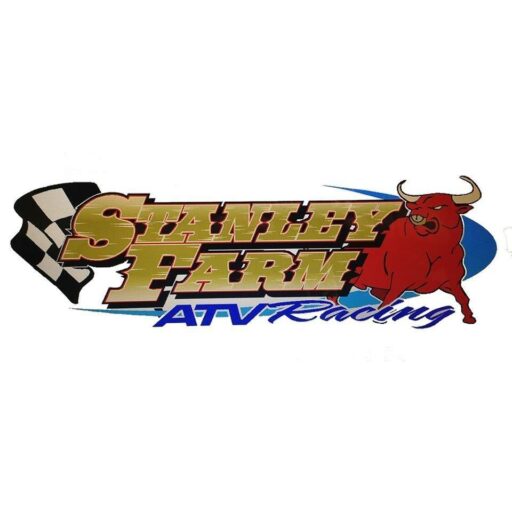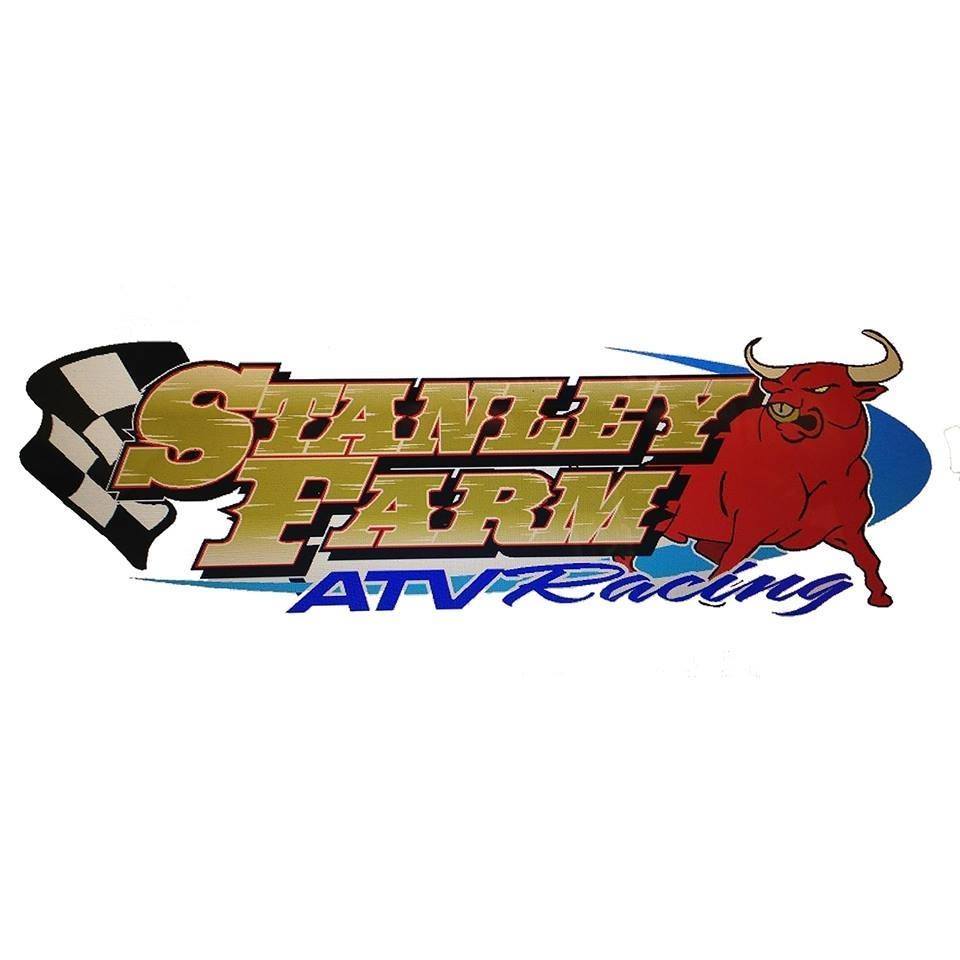Introduction
Riding an ATV over rocky trails, muddy fields, and steep inclines can be an adrenaline rush—until you lose control. Mastering ATV handling on rough terrain isn’t just about raw power; it’s about finesse, technique, and the right gear. In this guide, we’ll walk you through 10 essential tips to boost your ATV handling so you can tackle any trail with confidence. Ready to transform your ride? Let’s roll!
1. Adjust Your Tire Pressure for Optimal ATV Handling
1.1 Understanding ATV Handling Tire Pressure Basics
When you hear “tire pressure,” you might think only of road vehicles. But for reliable ATV handling, precise tire pressure is your foundation. Lower pressure improves traction on sand or mud, while slightly higher pressure helps you glide over rocks without pinching the tube.
Take a moment before each ride to dial in your pressure. A pressure gauge and a pump—two items in your ATV accessories kit—can make all the difference.
1.1.1 Front vs. Rear ATV Handling Tire Pressure
Keep in mind: front tires often carry less weight, so start around 4–6 psi in front and 6–8 psi in back for mixed terrain. Adjust in increments of 1 psi until your steering feels crisp but not twitchy. Fine‑tuning tire pressure is the first step to mastering ATV handling.
2. Choose the Right ATV Handling Settings for the Terrain
2.1 Evaluating ATV Handling Models
Not all ATVs are built the same. From nimble sport quads to heavy‑duty farm ride machines, your choice of model heavily influences ATV handling. Beginner riders might prefer lighter ATV models, while seasoned pros often opt for bigger rigs.
2.2 ATV Handling 2025 Models and Their Advantages
Looking ahead? The 2025 models come loaded with improved suspension travel, adjustable steering dampers, and electronic traction controls. These upgrades make ATV handling on rough trails significantly more forgiving—and more fun.
3. Upgrade to Quality ATV Handling Accessories
3.1 Essential ATV Handling Attachments
Imagine tackling rutted farm roads without a skid plate. Yikes! Investing in quality ATV attachments like skid plates, steering stabilizers, and handguards directly enhances ATV handling by protecting key components and keeping control in your hands.
3.2 ATV Handling Maintenance and Upkeep
Even the best accessories need TLC. Regularly clean and inspect mounts, tighten bolts, and replace worn parts. Staying on top of maintenance and repairs preserves peak handling performance ride after ride.

4. Master Proper Body Positioning for Improved ATV Handling
4.1 Leaning and Weight Distribution for ATV Handling
Ever felt your ATV fishtail on a steep bank? Often, it’s your stance. Shifting weight forward, backward, or side-to-side is critical for ATV handling. Lean into turns, push your weight forward on climbs, and shift back on descents.
4.1.1 Standing vs. Seated ATV Handling Techniques
Sometimes you sit; sometimes you stand. Standing up lowers your center of gravity and gives you more leverage—ideal for bumpy trails. When cruising straight or cornering at moderate speeds, a seated stance can boost stability and control ATV handling with minimal effort.
5. Practice Effective Throttle Control for Smooth ATV Handling
5.1 Smooth Acceleration for Better ATV Handling
Ever jerked the throttle and lost your line? For consistent ATV handling, apply power gradually. Smooth throttle inputs prevent wheel spin and keep your front tires planted. Picture your ATV gliding over obstacles, not launching like a rocket.
5.2 Braking Strategies for Reliable ATV Handling
On rough terrain, your brakes are as vital as your throttle. Feather the rear brake when descending and use both brakes in moderation to avoid lockups. Controlled braking maintains traction and keeps ATV handling predictable.
6. Enhance Suspension Settings for Superior ATV Handling
6.1 Adjusting ATV Handling for Heavy Loads
Hauling equipment? Your suspension will sag, affecting ATV handling. Increase rear preload or install heavier springs found in farm equipment setups to compensate for extra weight and maintain a level ride.
6.2 Tuning ATV Handling for Different Terrains
Whether it’s gnarly rocks or deep mud, fine‑tuning your dampers and rebound settings can transform your ride. Softer settings absorb bumps, improving comfort and ATV handling on rough ground, while firmer settings enhance response on hardpack trails.
7. Use Quality Farm Equipment to Support ATV Handling
7.1 Protective Gear to Enhance ATV Handling Safety
Great ATV handling means nothing if you’re not protected. Always wear a helmet, gloves, and ATV safety gear. Protective equipment lets you ride more aggressively—confident handling comes from feeling secure.
7.2 Productivity Gear for Efficient ATV Handling
Tools like racks, racks with shock mounts, and cargo carriers boost your productivity gear without compromising ATV handling. Balance your load low and centered for optimum stability.
8. Learn ATV Handling Tips for Off‑Road Farming
8.1 ATV Handling Eco‑Farming Practices
If you’re using your rig for sustainable agriculture, eco‑friendly tires with wider footprints reduce soil compaction and improve traction. These eco‑farming practices aren’t just green—they boost ATV handling over soft fields.
8.2 ATV Handling Off‑Road Farming Challenges
Rough furrows, mud bogs, and uneven pastures test any rider. Follow proven off-road farming tips: keep speed moderate, scan the terrain ahead, and maintain a loose grip to let your ATV’s suspension do the work for superior ATV handling.
9. Regular Maintenance and Repairs to Maintain ATV Handling
9.1 ATV Handling Maintenance Logs and Schedules
A simple maintenance log—tracking oil changes, grease intervals, and bolt torques—keeps your ATV in top shape. Consistent upkeep, as detailed in your maintenance log, ensures great ATV handling day in and day out.
9.2 ATV Handling How‑to Guides for DIY Repairs
Want to take charge? Use our how‑to guides for step‑by‑step tutorials on suspension rebuilds, brake servicing, and more. DIY repairs sharpen your ATV handling knowledge and save you downtime.
10. Stay Updated on ATV Handling Safety Standards
10.1 ATV Handling Industry Best Practices
Rules change, technology evolves, and so do safety standards. Keep informed on the latest ATV safety protocols and design improvements. Staying current protects you and enhances ATV handling through smarter riding.
10.2 ATV Handling Ongoing Learning Resources
Never stop learning. Subscribe to online forums, attend local workshops, or follow electric ATV and green-tech expos that cover emerging trends. Continuous education is the secret to ever‑improving ATV handling.
Conclusion
Mastering ATV handling on rough terrain is a journey, not a single lesson. From dialing in tire pressure to upgrading suspension, each tip builds upon the last to create a safer, more enjoyable ride. With the right ATV models, quality ATV accessories, and consistent maintenance, you’ll tackle any trail like a pro. So gear up, get out there, and let your improved ATV handling skills turn every rough patch into an adventure!
FAQs
1. How often should I adjust tire pressure for optimal ATV handling?
Ideally before every ride. Terrain, load, and weather can all affect tire pressure and ATV handling.
2. Can I improve ATV handling without upgrading accessories?
Absolutely! Body positioning, throttle control, and maintenance all boost handling even on stock machines.
3. What is the best ATV model for rough terrain?
Look for models with adjustable suspension and electronic traction control. Check out the latest 2025 models for top performance.
4. How do I know if my suspension needs tuning for better ATV handling?
If you’re bottoming out or bouncing excessively, it’s time to adjust your preload and dampers.
5. Are eco-farming ATV tires as durable for rough terrain?
Yes—they’re designed for lower ground pressure and often have aggressive treads, improving traction and ATV handling.
6. What’s the most common maintenance mistake that affects ATV handling?
Neglecting to grease pivot points. Dry joints lead to sloppy steering and poor handling.
7. Where can I find more DIY guides for ATV maintenance?
Visit our comprehensive how‑to guides for step‑by‑step tutorials to keep your ATV in peak ATV handling condition.
2/2
o4-mini


